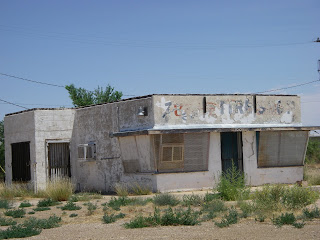“ . . . When you build a thing you cannot merely build that thing in isolation, but must also repair the world around it, and within it, so that the larger world at that one place becomes more coherent, and more whole; and the thing which you make takes its place in the web of nature, as you make it.” From A Pattern Language: Towns, Buildings, Construction
Take a look around. How often do we see buildings that stick-out and feel strange in their environments? In the same breath, we also view buildings that are well matched to their settings. Some buildings have gardens or green space around them. Others are found in the midst of change. In transitional neighborhoods an historic or older building may still be trying to hold a place of dignity. It is also very likely that it is serving a different purpose than when it was first built. It is living a second or third life.
A Place in the Neighborhood
The way a building sits in its 'neighborhood' speaks volumes. Our human condition intuits whether this is a place we wish to enter. We look for places that welcome. Seeing the exterior of the building and how it is involved with its environment shapes a first impression. Is it complimentary with the other buildings in the area? Does it enhance the site? Is there the possibility of planned green space? Is the signage fresh looking and easy to read? Have people cared for the facility? Buildings that have been given care suggest that the people inside will do the same for us.
Many buildings simply look sad. Rather than being complimentary and enhancing their neighborhood, they look tired, out of place, or as a keeper of the past. It looks as if all energy has left. We may be hesitant to enter. We may make assumptions about the people and businesses inside. A building’s place in the neighborhood is important. It shapes the neighborhood by being involved in the life of that land, location, and space.
Buildings Speak a Language
Our buildings speak a language. They tell us whether they are loved or ignored. They tell us of the energy and spirit of those who use them. They easily invite or distance a guest. They encourage or complicate new ideas. Does this building look tired and out of date or refreshed and vital? Is everyone able to enter safely, comfortably, without hesitation? What is this building saying to those who pass by? What does it say about what we do, who we are? In designer Helen Berliner’s words, “What is the MOST we can GIVE to users of this place, to its surroundings and community, to the future, and to all of life?” A building is carefully planned by paying attention to the lives and needs of people. What is the MOST our buildings can GIVE to the people they house and the neighborhoods in which they live?
See more about space consulting at www.spatialimpact.com


No comments:
Post a Comment